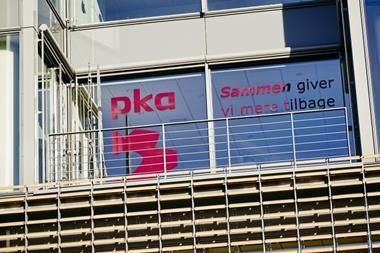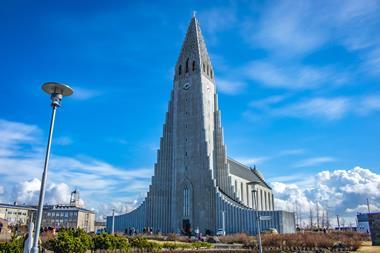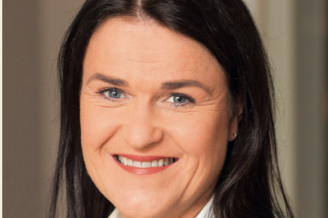Weightings of foreign assets in the portfolios of Iceland’s pension funds hit their highest level ever last year at 34%, according to the Icelandic Pension Funds Association (Landssamtök lífeyrissjóða, LL).
Reporting average preliminary 2020 financial figures for its members, the lobby group also said the country’s pension funds had produced returns of just over 9% in 2020, down from 11.8% in 2019.
Iceland’s pension funds have been working to build up their weightings of non-domestic investments for the last few years, after capital controls were eased in 2016, at which point foreign allocations stood at around 20%.
The Icelandic Pension Funds Association said in a statement: “Foreign assets of pension funds increased considerably in 2020, which is partly due to rising share prices abroad and partly due to the weakening of the króna.
“At the end of November, foreign assets had reached 34% of total assets and the proportion has never been higher,” it said.
The 34% figure is up from 33% at the end of September and 30% at the end of 2019, according to previous figures reported by the association.
Domestic assets also produced good returns in 2020, LL said, although increases in these assets had been smaller than for foreign assets.
The lobby group also reported that by 7 January 2021, ISK24.5bn (€156m) of pension savings had been paid out to individuals following the government’s decision last spring to grant special temporary authorisation for access to private pension savings, due to the impact of COVID-19.
LL said it estimated that by March 2022, ISK28.3bn of pensions would have been paid out early under this scheme.
This amount corresponds to around 0.5% of Iceland’s total pension assets, which were almost ISK5.5trn at the end of September.
The increase in foreign asset allocations at Iceland’s pension funds has occurred despite the association having urged its members in March – after a meeting with the Central Bank of Iceland about the weakening of the domestic currency on foreign exchanges – to refrain from buying foreign currency for the next three months.
That period was subsequently extended for three more months, meaning that in the last six months, pension funds had exported very little currency, LL said.
Looking for IPE’s latest magazine? Read the digital edition here.









No comments yet